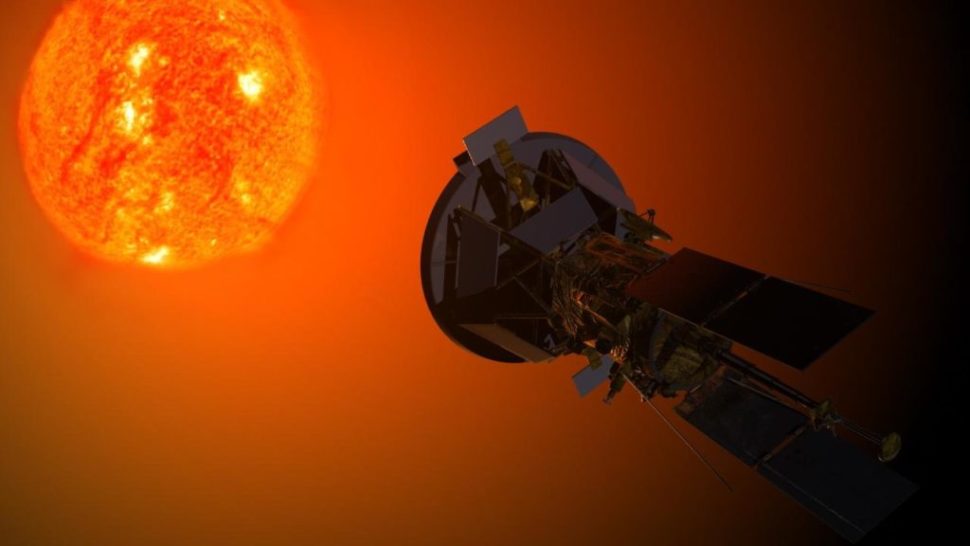NASA’s Parker spacecraft has gone closer to the sun than any other human-made spacecraft in history.
On Monday, the National Aeronautics and Space Agency announced that the Parker spacecraft broke the record for the closest ever approach to the Sun by any human-made object. The Parker Solar Probe, launched last August, reportedly crossed the 26.55-million-mile threshold off the Sun’s surface initially set by the Helios-2 probe back in 1976.
NASA reported that the Parker Solar Probe crossed Helios-2’s mark on Monday. NASA officials also expect the probe to surpass the fastest speed relative to the Sun record that Helios-2 also set at 153,454 mph.
“It’s been just 78 days since Parker Solar Probe launched, and we’ve now come closer to our star than any other spacecraft in history,” Andy Driesman, the project manager for the probe with the Johns Hopkins Applied Physics Laboratory, said in a statement.
Read More: NASA’s Parker Solar Probe Successfully Leaves Earth’s Orbit
The Parker Spacecraft Mission
The Parker spacecraft’s first solar encounter will begin today. The probe will continue on its journey towards the Sun’s surface until it reaches the star’s first perihelion on November 5th.
The spacecraft is expected to face the Sun’s brutal heat and radiation conditions as it goes on its mission. During the mission, it will provide astronomers with sufficient solar data gathered through close-up observations of our star.
“The Parker Solar Probe will begin its first solar encounter on Oct. 31, continuing to fly closer and closer to the Sun’s surface until it reaches its first perihelion — the point closest to the Sun — at about 10:28 p.m. EST on Nov. 5,” NASA said in a statement.
“The spacecraft will face brutal heat and radiation conditions while providing humanity with unprecedentedly close-up observations of a star and helping us understand phenomena that have puzzled scientists for decades. These observations will add key knowledge to NASA’s efforts to understand the Sun, where changing conditions can propagate out into the solar system, affecting Earth and other worlds.”







Comments (0)
Most Recent